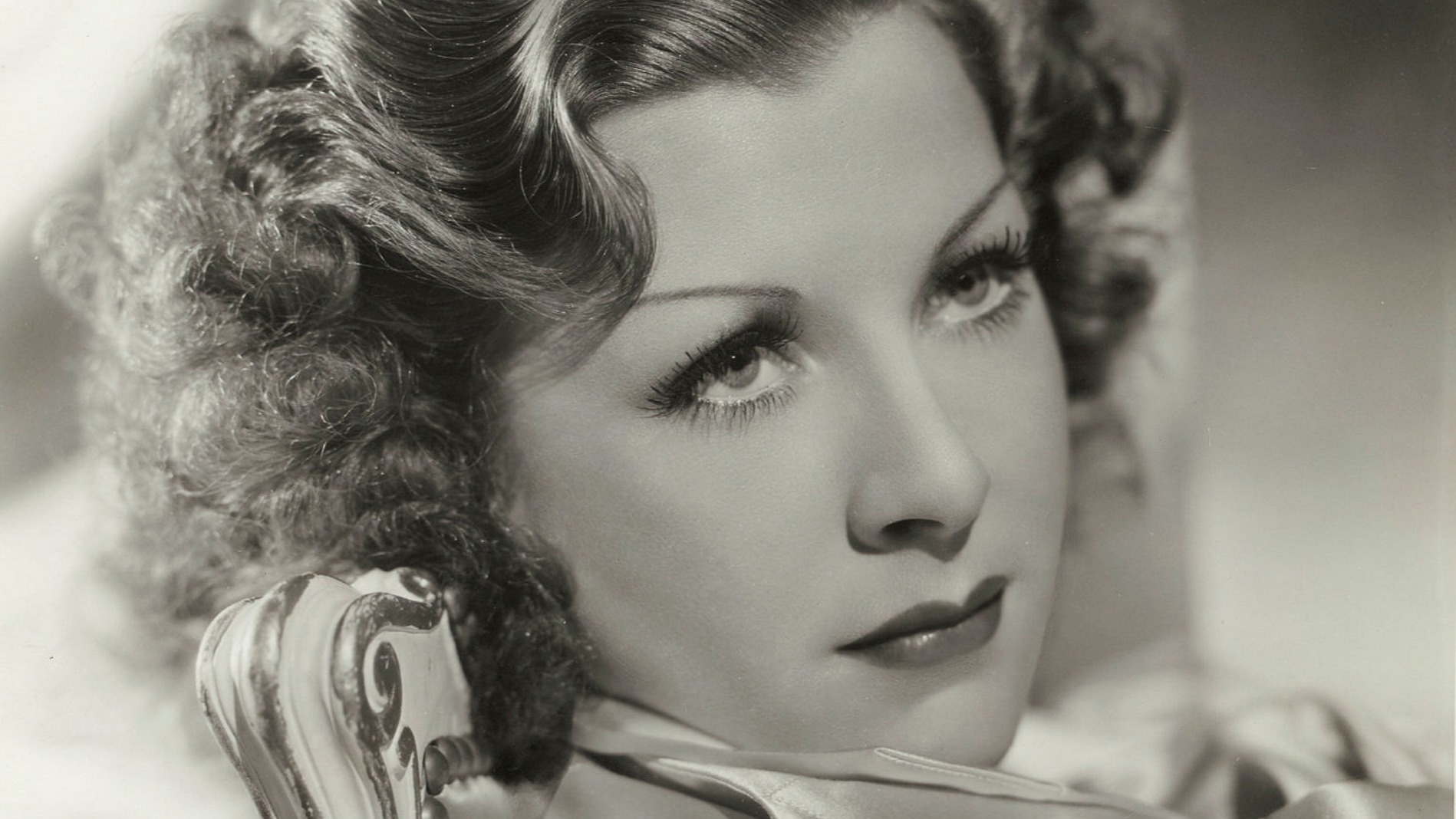A timeless staple of movie soundtracks, cabaret shows and football grounds, “Blue Moon” is one of the jewels in the crown of Richard Rodgers and Lorenz Hart’s illustrious songwriting catalogue.
Or is it?
Rodgers and Hart registered authorship of this classic yearning ballad in 1934. Yet in 2018, a Massachusetts woman, Liz Roman Gallese, produced 85-year-old receipts apparently showing that a song called “Blue Moon” had been registered by her father, Edward W. Roman, when he was just 17. She also claimed that Rodgers and Hart had later paid Roman $1,200 for the rights, possibly as a “settlement”.
Gallese said that her dad had been skating on a frozen pond in Troy, NY, in 1931, and been inspired by the Moon reflecting blue on the ice. He’d written a song and sent it to a Manhattan music publisher but had never signed a contract. He mounted a legal action in 1936 after hearing it played on the radio. That court case failed, and Rodgers and Hart’s estate still refutes the claim. Gallese’s account does not explain how her father’s song might have made its way from the Manhattan publisher to Rodgers and Hart.
Whatever the truth of the story: the song that eventually became “Blue Moon” had a difficult gestation. Contracted to MGM, Rodgers and Hart first presented a song to the studio for a 1934 Laurel & Hardy movie, Hollywood Party; called “Prayer”, and set to the melody that became “Blue Moon”, it was to be sung by Jean Harlow, but it failed to make the soundtrack.
Undeterred, they retitled the song “The Bad in Every Man” and, in the same year, it appeared in a cabaret scene in a Clark Gable movie, Manhattan Melodrama, sung by redoubtable actress and singer Shirley Ross.
It was then commercially published as “Blue Moon”, with new lyrics by Hart which turned it into a heartwarming tale of love overcoming loneliness. It was a US chart hit twice in 1949, first for swing star and bandleader Billy Eckstine,and then for ultra-smooth tenor crooner Mel Tormé,aka The Velvet Fog.
Their staid trills were dwarfed in 1952 as Billie Holiday’ssultry purrs and pauses turned the song into a sly seduction. “Blue Moon” then became catnip for jazz A-listers: Duke Ellington,Ella Fitzgerald,Louis Armstrongand Charles Mingusall bent it to their wills and wiles.
Suddenly, the initially unwanted song was everywhere. Elvis Presleyreduced it to a brooding sigh on his 1956 debut album. Sam Cookegot deep under its skin. Tony Bennettreinstated a dark, long-lost first verse that Lorenz Hart had originally penned:
“Once upon a time, before I took up smiling/I hated the moonlight…”
“Blue Moon” succumbed to countless interpretations. Conway Twittygave it a country twang. Frank Sinatra’sphrasing was sublime. In 1961, bequiffed, suited-and-booted doo-wop band The Marcelstook a novelty version to number one in the US.
“Blue Moon” attracted some unlikely suitors. During his Nashville sessions in 1969, Bob Dylanadmitted on tape, “I don’t know if I can do it this way!” The erratic bluesy cover he then served up proved that, no, he really couldn’t.
The song was to suffer further atrocities during the rock and roll revival in the ’70s. Cartoon British glam-rockers Mudduffed it up on their 1974 debut album, and US revivalists Sha Na Naimported it on to the Grease soundtrack four years later. Their UK soulmates, Showaddywaddy,butchered it in 1980.
On pop’s artier flank, Jonathan Richmanplayed “Blue Moon” as a spindly instrumental. On his solo version, Echo & the Bunnymen’s singer Ian McCulloch imbued his haunting croon with visceral longing, while Cat Power artfully deconstructed it, alone in a forest, on her Speaking for Trees video album.
Rod Stewart’s Great American Songbook-era cover, with a low-key Eric Clapton plucking along, was a tad gooey. It has also been a terrace anthem at the blue-kitted Manchester City FC for 30 years.
Nowadays, “Blue Moon” is a ditty that every karaoke chancer fancies a pop at, from Strictly Come Dancing hoofer Anton du Beke’ssurprisingly tuneful 2017 take to Jim Broadbent’sshaky warble for the BBC’s Children in Need charity appeal. It belongs to everybody — who cares who wrote it?
What are your memories of ‘Blue Moon’? Let us know in the comments section below.
‘The Life of a Song Volume 2: The fascinating stories behind 50 more of the world’s best-loved songs’, edited by David Cheal and Jan Dalley, is published by Brewer’s.
Music credits: Black & Partner Licenses LLC; YESTERYEARS; Werner Last’s Favourites Swing; Not Now Music; New World; 24 Blue Music; Fantastic Voyage; Enlightenment; Spectra Records; Global Journey; Beyond Recognition; Top Tracks; Big 3; JB Production; Columbia/Legacy; Parlophone UK; BMG Heritage; Music Club Deluxe; Rounder; Silva Screen Records
Picture credit: John Springer Collection/Corbis via Getty Images
